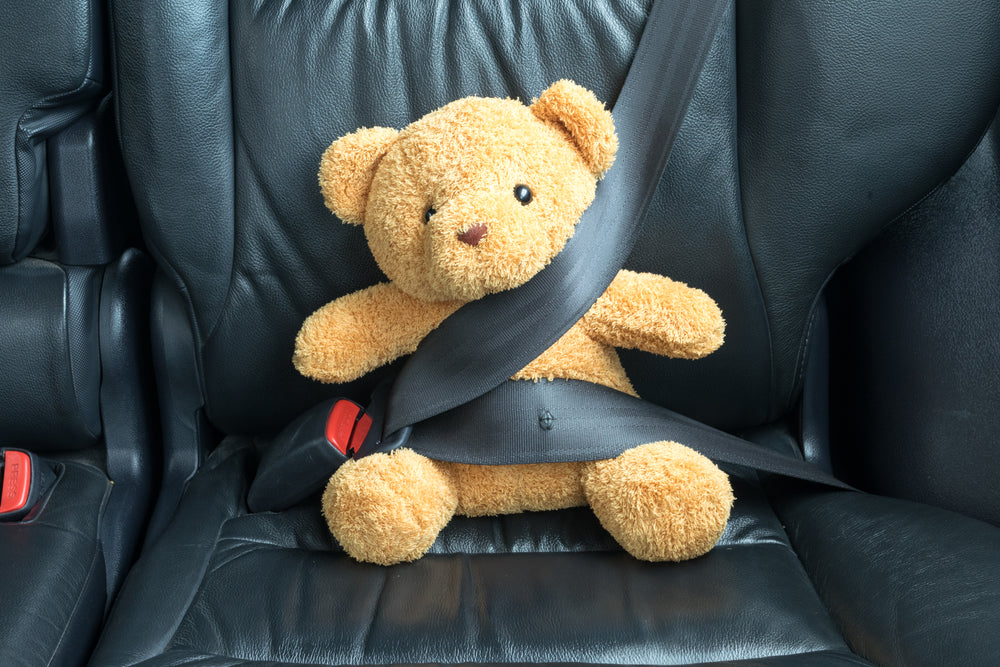Your Cart is Empty
As COVID-19 continues, an increasing number of Americans report wearing face masks regularly. According to a Pew Center Survey, the percentage of Americans claiming to wear masks frequently rose from 65% in early June to 85% by mid-August.
The remaining proportion of people who are still not covering their faces, though smaller, is still large enough to have serious health consequences on our economy, which is already on “life support”.
People refuse to wear masks for different reasons. Discomfort, lack of access, disbelief in the reality of COVID-19, or — the simplest yet most worrisome of all reasons — “I don’t want to”.
It’s the sort of reasoning cited by most protestors, who despite the number of global deaths, and deaths in America alone, are fiercely reluctant to wear masks in public. Their refusal to comply with mask-mandates is now being compared to that of seatbelt protestors.
When the concept of seatbelts was first introduced, as many as 65% of Americans were against them, simply because they were inconvenient.
Seatbelt installation became mandatory for American vehicles as early as 1968, but it took years before seatbelt-wearing laws could be fully introduced.
New York was the first state to mandate seatbelt use in 1985. While, New Hampshire, interestingly enough, still has no such laws to date. These facts illustrate our resistance as a community to accepting new health guidelines for our own good.
Public health interventions, from the wearing of seatbelts to the wearing of face masks, have taken time. We just hope that more Americans can realize the importance of these precautions in time to prevent our people and economy from further unrecoverable damage.
If more Americans place their trust in health authorities and follow their guidelines, we can overcome this helplessness and gloom. It’s like the CDC director, Dr. Robert R. Redfiled said,
“We are not defenseless against COVID-19. Cloth face coverings are one of the most powerful weapons we have to slow and stop the spread of the virus.”
